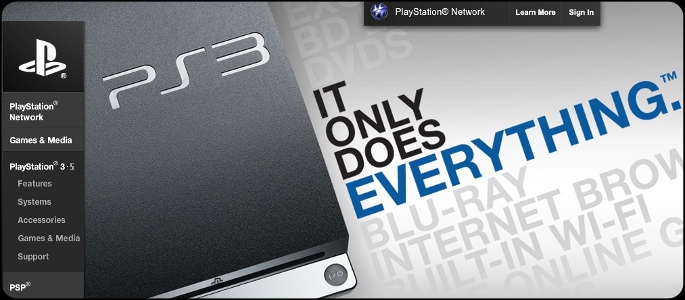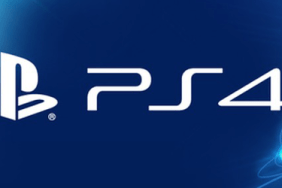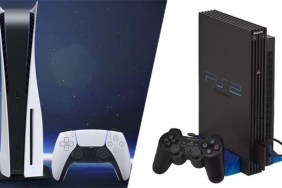The PlayStation 3 was a massive investment for many gamers, especially for those that bought the console at launch. For Sony, the costs were even higher, with billions spent on development, and more spent on selling the console at a loss. So its no wonder the company wants to extend the PS3’s life-cycle, and thus make profit on the platform. Now, a Sony patent has hinted that they will release external processors to make the console even more powerful – without the need for a PS4.
The benefits of an upgrade to the PS3 are obvious – allowing for a more powerful machine, without having to pay so much for a new console. However, the “PS3 External Processor” has its drawbacks: it wouldn’t give consumers the same experience as a full new console, and would run the risk of both fragmenting and confusing the market.
The patent – from Sony Computer Entertainment Inc. Tokyo, JP – explains the reasoning behind the processing peripheral:
In recent years, there has been an insatiable desire for faster computer processing data throughputs because cutting-edge computer applications involve real-time, multimedia functionality. Graphics applications are among those that place the highest demands on a processing system because they require such vast numbers of data accesses, data computations, and data manipulations in relatively short periods of time to achieve desirable visual results. These applications require extremely fast processing speeds, such as many thousands of megabits of data per second. While some processing systems employ a single processor to achieve fast processing speeds, others are implemented utilizing multi-processor architectures. In multi-processor systems, a plurality of sub-processors can operate in parallel (or at least in concert) to achieve desired processing results.
Coming to the conclusion that:
Accordingly, there are needs in the art for new methods and apparatus for interconnecting one or more multiprocessor systems with one or more external devices to achieve higher processing capabilities.
The patent is shown in a picture:
 The dotted area 500, is the external processor, with the patent explaining that the memory it shares (514) with the internal processor could be DRAM, MRAM or SRAM, among others:
The dotted area 500, is the external processor, with the patent explaining that the memory it shares (514) with the internal processor could be DRAM, MRAM or SRAM, among others:
PE 500 is closely associated with a shared (main) memory 514 through a high bandwidth memory connection 516. Although the memory 514 preferably is a dynamic random access memory (DRAM), the memory 514 could be implemented using other means, e.g., as a static random access memory (SRAM), a magnetic random access memory (MRAM), an optical memory, a holographic memory, etc.
The patent expressly states that several external processors may be used:
In accordance with an alternative embodiment, two processor elements may be cascaded by each employing its respective BIC in a coherent symmetric multiprocessor (SMP) interface (or BIF) configuration. The coherent SMP interface (BIF) of each processing element is coupled to one another to set up a coherent interface there between.
The patent was filed this August and only recently published, showing that any plans are most likely in the early stages.
Last year, EA’s Chief Creative Officer, Rich Hilleman, told VentureBeat how he “expected we’ll see a PlayStation 3.5 before we see a PlayStation 4 and an Xbox 560 before we see an Xbox 720,” ”
Would you be interested in purchasing an “External Processor”? Let us know in the comments below.








